Lemongrass (Cymbopogon citratus) is a fragrant herb known for its fresh citrus flavor and multiple health benefits. Popular in Asian cuisine, it also serves as a natural mosquito repellent and ornamental plant. While it thrives outdoors in warm climates, you can easily grow lemongrass in pots — even if you have limited space or live in a cooler region.
This complete guide will walk you through every step, from choosing the right pot and soil to harvesting fresh stalks for your kitchen, so you can start growing lemongrass like a pro.
1. Why Grow Lemongrass in Pots?
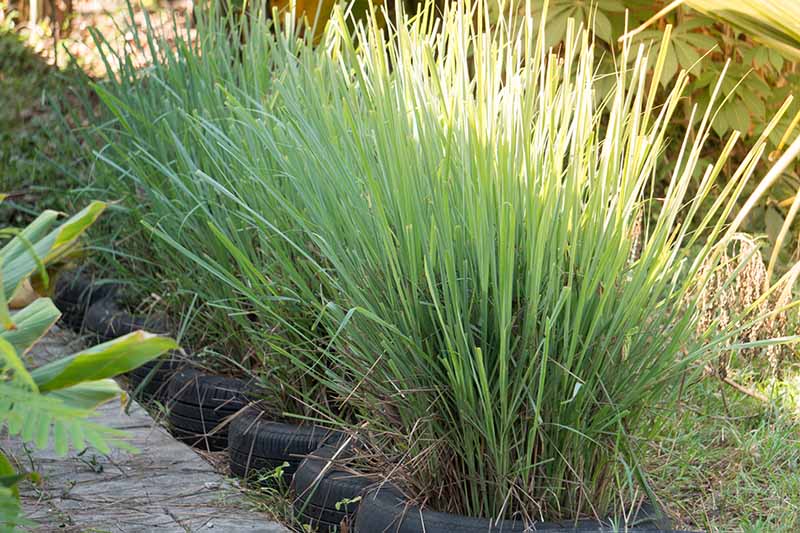
Growing lemongrass in pots offers several benefits:
- Space Saving: Perfect for balconies, patios, or small gardens.
- Climate Control: You can move pots indoors during winter in colder areas.
- Pest Management: Potted plants are easier to monitor for insects and diseases.
- Decorative Appeal: The tall, grass-like leaves add elegance to any space.
Plus, the convenience of having fresh lemongrass within arm’s reach for cooking or herbal tea is unbeatable.
2. Choosing the Right Variety
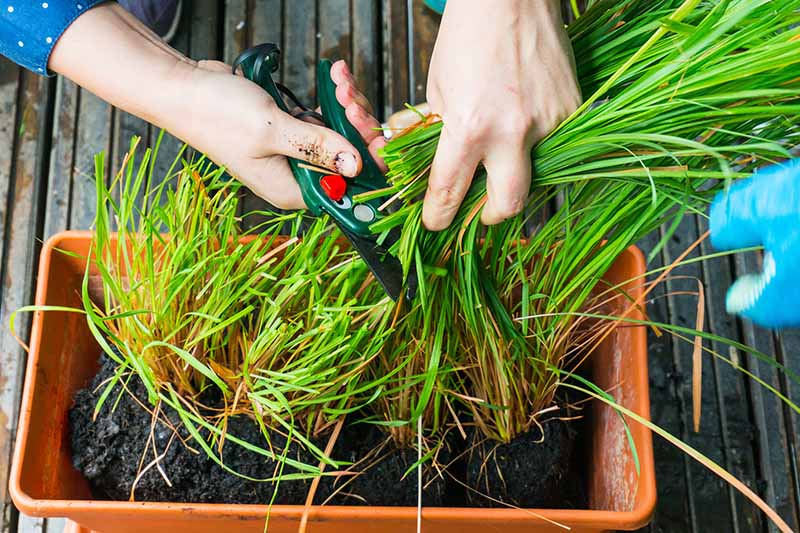
Two main types of lemongrass are commonly grown:
- East Indian Lemongrass (Cymbopogon flexuosus)
- Best for oil production.
- Slightly finer leaves.
- West Indian Lemongrass (Cymbopogon citratus)
- Preferred for culinary use.
- Thicker stalks and more intense lemon flavor.
For pot growing and cooking, West Indian lemongrass is the top choice.
3. Selecting the Right Pot

Lemongrass grows in dense clumps and needs space for its roots to spread.
Pot Requirements:
- Size: Minimum 12–14 inches in diameter and depth.
- Material: Terracotta or heavy ceramic to prevent tipping over.
- Drainage: Essential — make sure the pot has at least one large drainage hole.
Pro Tip: If starting with young stalks, you can begin with a smaller pot and repot after 3–4 months.
4. The Perfect Soil Mix
Lemongrass loves rich, well-draining soil that retains some moisture without becoming soggy.
Best Soil Recipe for Pots:
- 50% high-quality potting mix
- 30% compost or well-rotted manure (for nutrients)
- 20% sand or perlite (for drainage)
pH Range: Slightly acidic to neutral (6.0–7.0).
5. Propagating Lemongrass
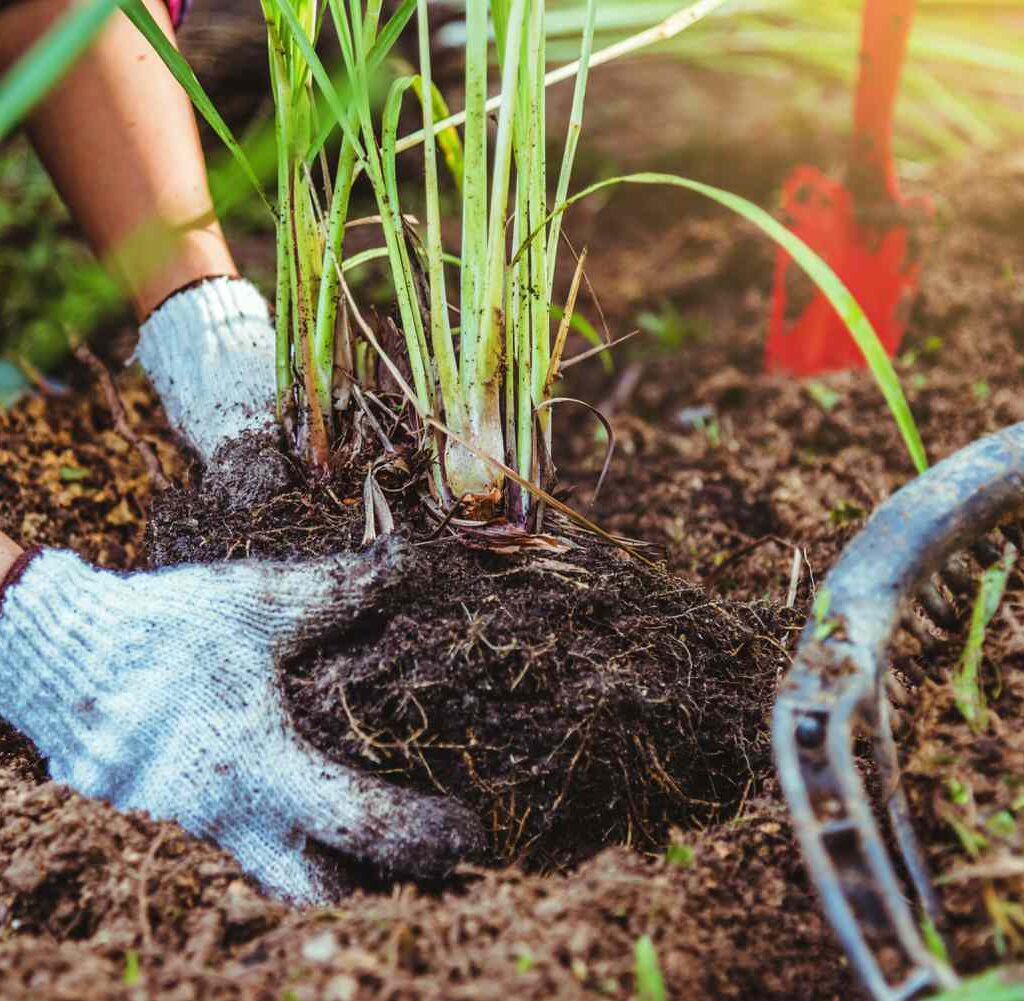
You can grow lemongrass from stalks, seeds, or divisions, but growing from stalks is the easiest for home gardeners.
Growing from Store-Bought Stalks:
- Choose fresh, firm stalks with a pale base.
- Place them in a glass of water, with only the base submerged.
- Keep the glass in a sunny spot and change the water every 2 days.
- Roots will appear in 7–10 days, followed by new green shoots.
- Once roots are 1–2 inches long, transplant into pots.
Growing from Seeds:
- Plant seeds ¼ inch deep in seed-starting mix.
- Keep soil moist and warm (70–75°F).
- Germination takes 14–21 days.
Division Method:
- Take an established clump and separate sections with 3–4 stalks each.
- Replant in prepared pots.
6. Planting Lemongrass in Pots
Step-by-Step:
- Fill your pot with the prepared soil mix, leaving 2 inches from the rim.
- Make a hole in the center deep enough for the root base.
- Place the rooted stalk(s) upright and cover with soil.
- Press gently to remove air pockets.
- Water thoroughly after planting.
Pro Tip: Plant 2–3 stalks per pot for a fuller look, but avoid overcrowding.
7. Light and Temperature Requirements

Lemongrass is a sun-loving tropical plant.
Light:
- Needs at least 6–8 hours of direct sunlight daily.
- Indoors: Place near a south-facing window or use grow lights.
Temperature:
- Ideal range: 70–95°F (21–35°C).
- Protect from frost — bring pots indoors when temperatures drop below 50°F (10°C).
8. Watering the Right Way
Lemongrass likes consistently moist soil, but it should never be waterlogged.
Watering Tips:
- Check the top 1–2 inches of soil; if dry, it’s time to water.
- In hot summer, you may need to water daily.
- In cooler months, reduce watering frequency.
Pro Tip: Mulching the top layer with straw or shredded leaves helps retain moisture and keeps roots cool.
9. Fertilizing for Lush Growth
Lemongrass is a heavy feeder, especially in pots where nutrients leach out faster.
Fertilizer Plan:
- Use a balanced liquid fertilizer (e.g., 10-10-10) every 2–3 weeks during the growing season.
- Alternatively, apply organic compost or worm castings every month.
- Stop fertilizing in winter when growth slows down.
10. Pruning and Maintenance
Pruning keeps lemongrass healthy and encourages new shoots.
When to Prune:
- Remove yellow or dry leaves regularly.
- In early spring, trim back old foliage to 6–8 inches above the soil.
Pro Tip: Wear gloves when pruning; the leaves have sharp edges.
11. Pests and Diseases in Potted Lemongrass
While relatively pest-resistant, lemongrass can occasionally be affected by:
Pests:
- Aphids
- Spider mites
- Mealybugs
Solutions:
- Spray with neem oil or insecticidal soap.
- Wipe leaves with a damp cloth for small infestations.
Diseases:
- Root rot from overwatering.
- Fungal leaf spots in overly humid conditions.
Prevention: Ensure good drainage and adequate airflow around the plant.
12. Overwintering Lemongrass in Pots
If you live in a cold climate, overwintering is essential.
Two Options:
- Move Indoors: Place pots near a sunny window or under grow lights. Reduce watering.
- Harvest and Store: Cut stalks at the base, use fresh or freeze, and allow the plant to regrow in spring.
13. Harvesting Lemongrass
You can start harvesting 4–6 months after planting, once stalks are at least ½ inch thick.
How to Harvest:
- Pull outer stalks from the base, leaving younger ones to grow.
- Use the white base for cooking; leaves are great for tea and soups.
Pro Tip: Regular harvesting encourages fresh growth.
14. Using Lemongrass
Fresh lemongrass has multiple uses:
- Culinary: Soups, curries, marinades, herbal teas.
- Medicinal: Relieves digestive issues, reduces inflammation, and aids relaxation.
- Aromatic: Acts as a natural insect repellent and adds fragrance to gardens.
15. Common Problems and Solutions
| Problem | Cause | Solution |
|---|---|---|
| Yellow leaves | Overwatering or nutrient deficiency | Adjust watering, fertilize regularly |
| Slow growth | Lack of sunlight or nutrients | Move to sunnier spot, feed more often |
| Root rot | Poor drainage | Repot with well-draining soil |
| Pest attack | Aphids or mites | Use neem oil or insecticidal soap |
16. Quick Tips for Success
- Full Sun = Fast Growth: The more sunlight, the more robust your plant will be.
- Keep Soil Moist: Dry soil slows growth, but soggy soil kills roots.
- Feed Regularly: Potted lemongrass needs consistent nutrition.
- Harvest Smart: Take only mature stalks to keep the plant productive.
In Conclusion
Growing lemongrass in pots is a rewarding experience, even for beginners. With the right pot, soil, sunlight, and care, you can enjoy a steady supply of fresh, aromatic stalks right at your doorstep. Whether you use it in cooking, herbal remedies, or as a decorative plant, lemongrass is a versatile addition to any home garden.
Once you get the hang of it, you’ll wonder why you didn’t start growing lemongrass sooner — it’s fragrant, useful, and surprisingly easy to care for in pots.
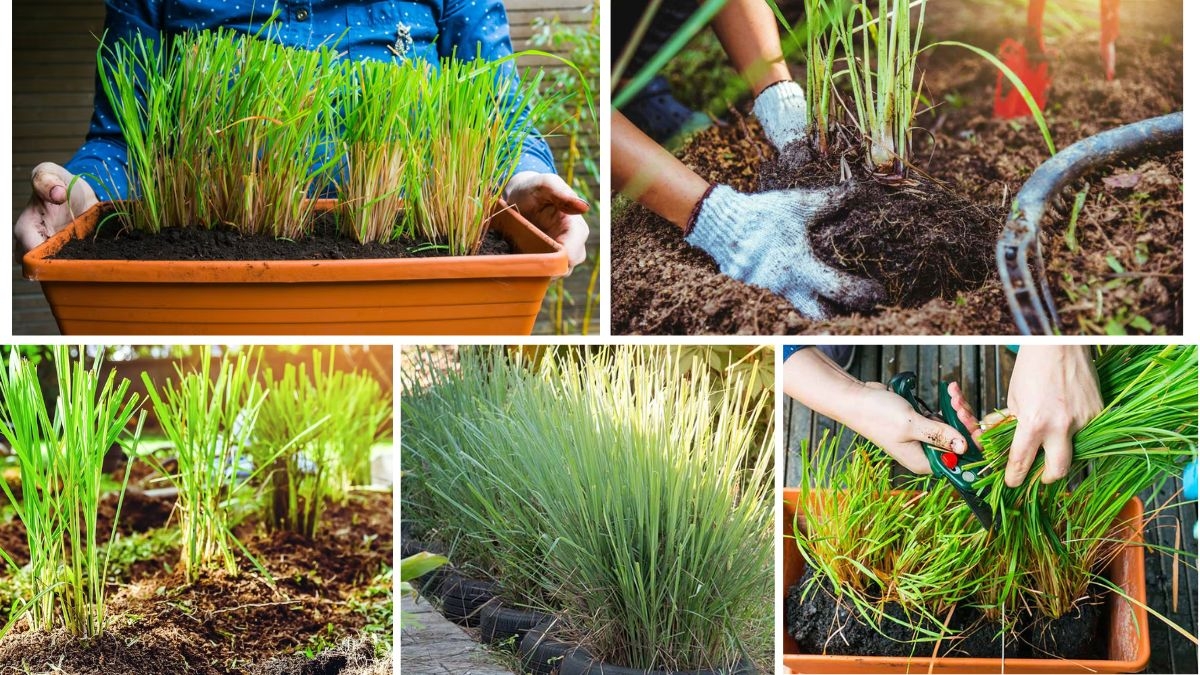



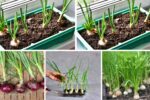

Leave A Comment